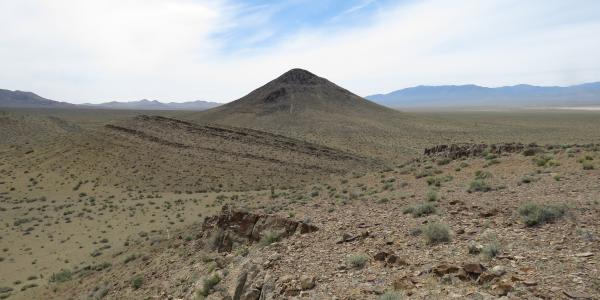What Can the Preservation of Early Cambrian Fossils Tell Us about Redox in the Oceans?
Small shelly fossils are an enigmatic group of fossils united by preservation style and stratigraphic occurrence rather than affinity. They appear and expand globally in the early Cambrian (around 540 million years ago) and then mysteriously decline by middle to later Cambrian time (~510 million years ago). Here, I document new occurrences of small shelly fossils globally that are preserved by a diverse array of minerals, including apatite, glauconite, and vivianite. These minerals, which are taphonomic products, suggest a prevalence of low oxygen conditions in sediment pore waters during this interval of the Cambrian. I argue that the nature and style of fossil preservation may be a useful proxy for sedimentary redox conditions in the ancient past and can provide a broader context for constraining marine conditions in the Cambrian.

